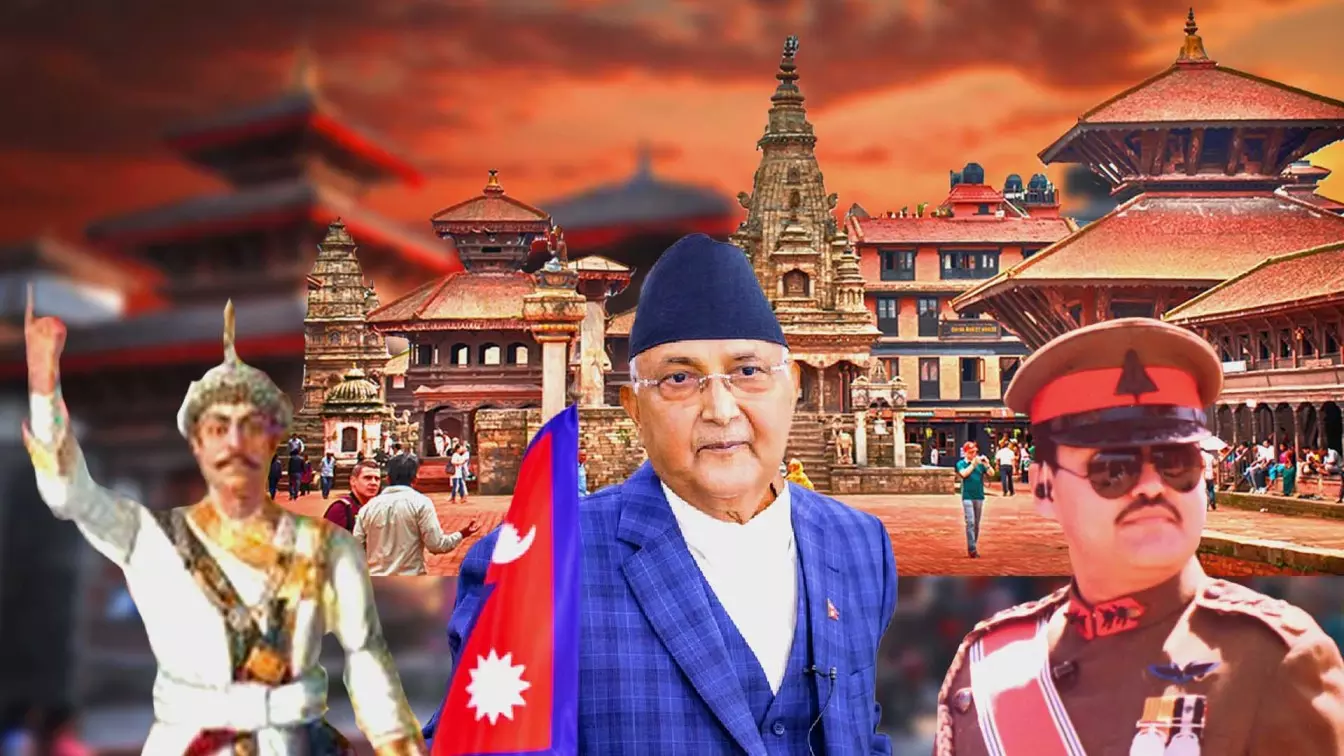
Nepal’s Political Crisis Explained | PM Oli Resigns, Gen Z Revolt
Monarchy to meltdown: A recap of Nepal’s tumultuous political past
A concise timeline from the 1768 unification to the 2025 Gen Z uprising — how Nepal moved from monarchy to a republic and is now facing one of its toughest tests.

Nepal is in deep turmoil as nationwide protests have forced Prime Minister KP Sharma Oli and President Ramchandra Poudel to resign. The army has stepped in, leaving questions about who truly governs the Himalayan republic. With institutions tested and leadership in flux, Nepal’s fragile democracy is facing one of its toughest challenges yet.
Historical roots
To understand the current chaos, Nepal’s political history offers important clues. The story begins in 1768 when Prithvi Narayan Shah unified the kingdom, laying the foundation for a modern state. Over centuries, Nepal endured wars, territorial losses, and domination by the hereditary Rana Prime Ministers, who isolated the nation from the outside world.
In 1950, King Tribhuvan fled to India, triggering an armed revolt that ended the Rana regime and restored monarchical power. Yet the monarchy itself faced turbulence—King Mahendra suspended parliament in 1960, establishing a non-party Panchayat system that modernized Nepal but curtailed liberties. By 1990, a People’s Movement forced King Birendra to accept reforms and paved the way for multi-party democracy.
Also Read: Nepal uprising bears uncanny likeness to Hasina's ouster; is deep state involved?
Civil war and republic
Nepal’s democratic gains were soon challenged by a Maoist insurgency that began in 1996, leading to a decade-long civil war that claimed thousands of lives. The peace agreement of 2006 ended the war, but the 2001 royal massacre and King Gyanendra’s power grab had already eroded faith in monarchy.
On May 28, 2008, the Constituent Assembly voted to abolish the monarchy, declaring Nepal a federal democratic republic. The Maoists, fresh from insurgency, led the first post-monarchy government. But instability persisted, as frequent changes in leadership between the Maoists, Nepali Congress, and CPN-UML created a fragile balance of power.
Constitution and coalitions
Nepal adopted a new constitution in 2015, but it immediately triggered protests from Madhesi and Tharu groups in the southern plains. The first federal elections in 2017 saw a sweeping victory for the Leftist alliance led by CPN-UML’s KP Sharma Oli and Maoist leader Pushpa Kamal Dahal ‘Prachanda.’
In 2018, the two parties merged into the Nepal Communist Party, giving Oli unprecedented executive power. But internal rifts grew, leading Oli to twice dissolve parliament in 2020 and 2021, only for the Supreme Court to restore it. By 2022, elections delivered a fractured parliament, and Prachanda maneuvered between shifting coalitions to retain power.
The present crisis
In March 2023, Ramchandra Poudel of the Nepali Congress became president, but coalition instability continued. By 2025, a government ban on major social media platforms ignited youth-led protests against corruption and governance failures. Under mounting public pressure, Prime Minister Oli resigned, followed by President Poudel.
From a unified kingdom to a fragile republic, Nepal’s journey has swung between reform and crisis. With leaders stepping down and the army stepping in, the future of Nepal’s democracy now hangs in the balance. The question is no longer about its past—it is about who will govern tomorrow, and how.
The content above has been transcribed from video using a fine-tuned AI model. To ensure accuracy, quality, and editorial integrity, we employ a Human-In-The-Loop (HITL) process. While AI assists in creating the initial draft, our experienced editorial team carefully reviews, edits, and refines the content before publication. At The Federal, we combine the efficiency of AI with the expertise of human editors to deliver reliable and insightful journalism.

